Behavioral Changes in Cats with FIP and How to Cope
Recognizing FIP-Related Behavior Shifts
Feline Infectious Peritonitis (FIP) is a difficult ailment that may seriously affect a cat's behaviour and overall well-being. To provide your cat the best care possible, it's important for you to be aware of these changes and figure out how to navigate them. In this in-depth book, you'll learn about the behavioural changes brought on by FIP, how FIP treatment affects recovery, how to modify your home environment, and how to use positive reinforcement to help your cat.
|
|
|
|
Recognizing FIP-Related Behavior Shifts
Cats affected by FIP often exhibit notable changes in their behavior. Being aware of these shifts can help you identify the condition early and provide appropriate care.
Lethargy and Decreased Activity
One of the most common behavioral changes in cats with FIP is a significant decrease in energy levels. Your once playful and active cat may become lethargic, spending more time sleeping or resting. This reduced activity is often a result of the body's attempt to conserve energy while fighting the infection.
Changes in Appetite
FIP can cause fluctuations in a cat's appetite. Some cats may experience a decreased interest in food, while others might show an increased appetite as their body tries to compensate for the energy expended fighting the infection. Monitoring your cat's eating habits can provide valuable insights into their condition.
Social Withdrawal
Cats with FIP may become more reclusive, seeking out quiet, isolated spots in the house. This behavior is often a response to discomfort or fatigue associated with the disease. Your cat might avoid interaction with family members or other pets, preferring solitude.
Altered Grooming Habits
FIP can impact a cat's grooming routine. Some cats may groom excessively due to discomfort, while others might neglect their grooming altogether. An unkempt or greasy coat can be a sign that your cat is not feeling well enough to maintain their usual grooming habits, and in such cases, timely FIP treatment may play an important role in improving both comfort and overall grooming behavior.
|
|
|
|
Adapting Your Home for Comfort
Creating a supportive environment can significantly improve the quality of life for a cat with FIP. Here are some ways to adapt your home to meet your cat's changing needs.
Comfortable Resting Areas
Provide soft, warm bedding in quiet areas of your home. Cats with FIP often seek out comfortable spots to rest. Consider placing beds or blankets in elevated areas, as many cats feel more secure when they can observe their surroundings from a height.
Easy Access to Resources
Ensure that food, water, and litter boxes are easily accessible. Cats with FIP may have reduced mobility or energy, so placing these essential resources in convenient locations can help reduce stress and encourage proper hydration and elimination habits.
Temperature Control
Cats with FIP may be more sensitive to temperature changes. Provide warm, draft-free areas for your cat to rest. Consider using a heated cat bed or placing a warm water bottle wrapped in a towel in your cat's favorite sleeping spot.
Stress Reduction
Minimize stressors in your cat's environment. This might include reducing loud noises, limiting exposure to unfamiliar people or animals, and maintaining a consistent daily routine. A calm, predictable environment can help your cat feel more secure and comfortable.
|
|
|
Positive Reinforcement Techniques
Positive reinforcement can play a crucial role in managing behavioral changes and maintaining your cat's quality of life during FIP treatment. These techniques can help encourage desired behaviors and strengthen your bond with your feline companion.
Gentle Encouragement for Activity
While cats with FIP may have reduced energy levels, gentle encouragement to engage in light activity can be beneficial. Use interactive toys or treats to entice your cat into short play sessions, always respecting their limits and allowing them to rest when needed.
Reward-Based Feeding
For cats experiencing a decreased appetite, try using high-value treats or wet food to stimulate interest in eating. Offer small, frequent meals throughout the day, and praise your cat when they eat. This positive association can help encourage regular food intake.
Gentle Grooming Sessions
If your cat is neglecting their grooming, gentle brushing sessions can help maintain their coat and provide a bonding experience. Use these sessions as an opportunity to give your cat positive attention and affection.
Quiet Companionship
For cats that have become more reclusive, simply sitting quietly near them can provide comfort. Respect their need for space while offering gentle reassurance through your presence.
|
|
|
|
Conclusion
Navigating the behavioral changes associated with FIP can be challenging, but with patience, understanding, and appropriate care, you can help your cat maintain a good quality of life. Remember that each cat is unique, and their needs may change as the condition progresses. Regular communication with your veterinarian is essential for adapting your care strategy and exploring treatment options, including emerging therapies like GS-441524.
By recognizing FIP-related behavior shifts, adapting your home environment, and using positive reinforcement techniques, you can provide the support and comfort your feline companion needs during this difficult time. Your dedication and care can make a significant difference in your cat's well-being and happiness.
FAQ
1. Q: Can behavioral changes alone indicate FIP in cats?
A: While behavioral changes can be indicative of FIP, they are not exclusive to this condition. Various health issues can cause similar behavioral shifts in cats. It's crucial to consult with a veterinarian for a proper diagnosis, as FIP requires specific testing and evaluation.
2. Q: How long do behavioral changes typically last in cats with FIP?
A: The duration of behavioral changes can vary significantly depending on the individual cat, the form of FIP (wet or dry), and the effectiveness of treatment. Some cats may show improvement with appropriate care and treatment, while others may experience ongoing changes. Regular veterinary check-ups are essential for monitoring progress.
3. Q: Are there any specific dietary recommendations for cats with FIP?
A: Dietary needs can vary for cats with FIP. Generally, a high-quality, easily digestible diet is recommended. Some cats may benefit from appetite stimulants or special formulations to meet their nutritional needs. Always consult with your veterinarian for personalized dietary advice based on your cat's specific condition and treatment plan.
Enhance Your Cat's Quality of Life with BLOOM TECH's GS-441524
Managing feline infectious pancreatitis (FIP) may be difficult; we at BLOOM TECH understand that. If prescribed by your doctor, our premium GS-441524 medication may supplement your cat's therapy and extend its life expectancy. You may be certain that you are giving your kitty friend a dependable treatment choice due to our dedication to purity and consistency. Don't let FIP-related behavioral changes overwhelm you - reach out to us at Sales@bloomtechz.com to learn how our GS-441524 can make a difference in your cat's journey to recovery.
GS-441524 manufacturer: BLOOM TECH - Your trusted partner in feline health.
References
1. Pedersen, N.C. (2019). "Feline infectious peritonitis: What every shelter needs to know." Journal of Feline Medicine and Surgery, 21(5), 409-418.
2. Addie, D.D. (2020). "Feline Infectious Peritonitis: Diagnosis and Treatment." Veterinary Clinics: Small Animal Practice, 50(5), 1065-1085.
3. Murphy, B.G., et al. (2018). "The nucleoside analog GS-441524 strongly inhibits feline infectious peritonitis (FIP) virus in tissue culture and experimental cat infection studies." Veterinary Microbiology, 219, 226-233.
4. Tasker, S. (2018). "Diagnosis of feline infectious peritonitis: Update on evidence supporting available tests." Journal of Feline Medicine and Surgery, 20(3), 228-243.

Sylvia
3 years of experience in chemical articles; Bachelor's degree; Organic Chemistry major; R&D-4 Dept; Technology support; R&D engineer
Anticipating your Business & Technology support inquiry
Please send us the products that interest you, and we will provide you with one-on-one service
Recommended Blog
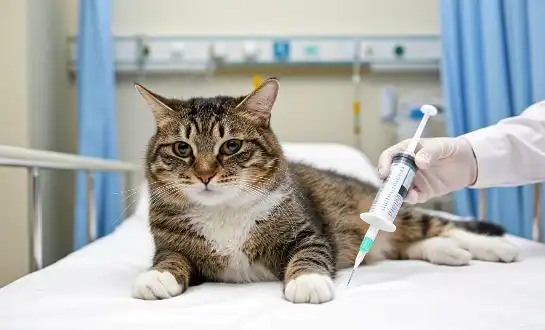
Top Reasons Why GS-441524 Treatment Fails: Common Mistakes to Avoid
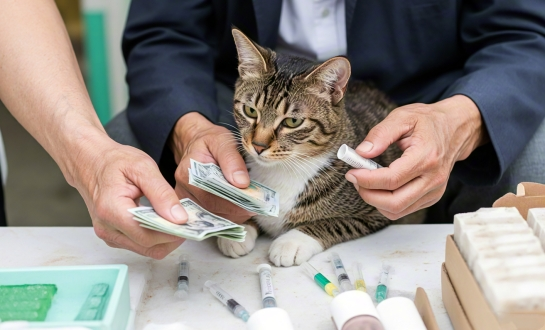
An International Buyer's Guide to GS-441524: From Order to Delivery
_副本_1757913193778.webp)
A Life-Saving Guide for FIP Cats: Your Complete GS-441524 Handbook













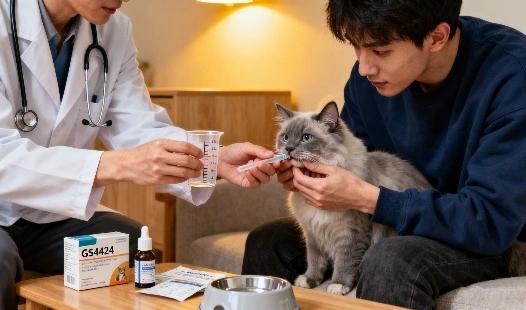
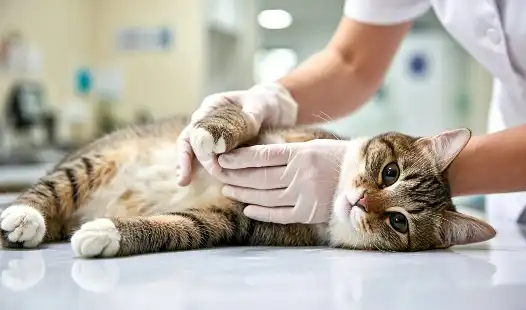
_副本_1758506507767.webp)

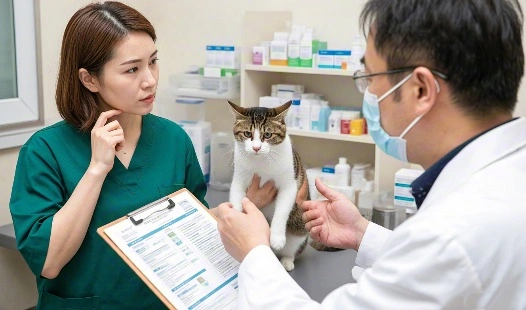
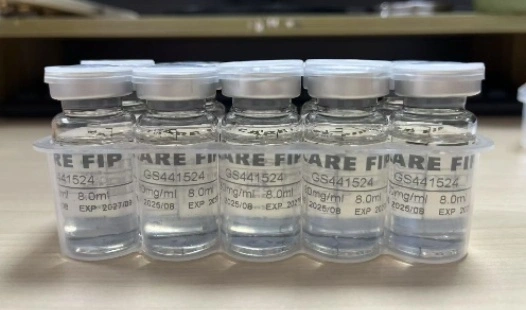
_副本_1759986970404.webp)
